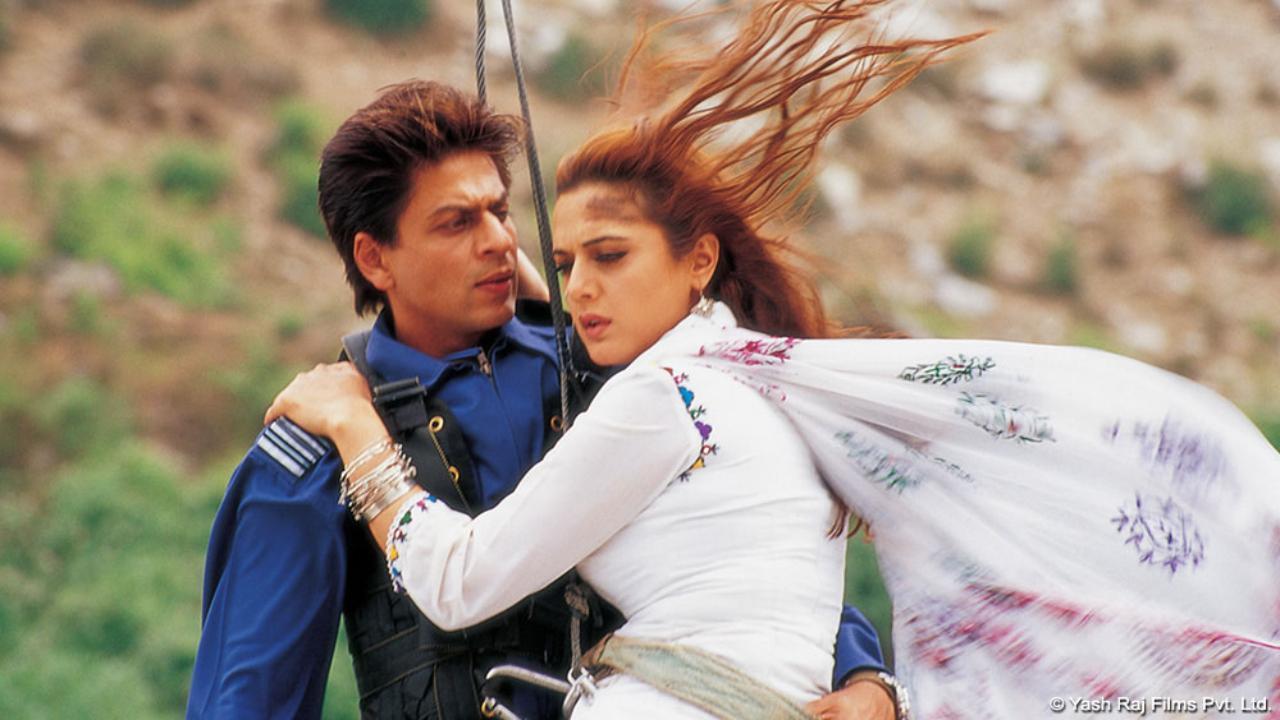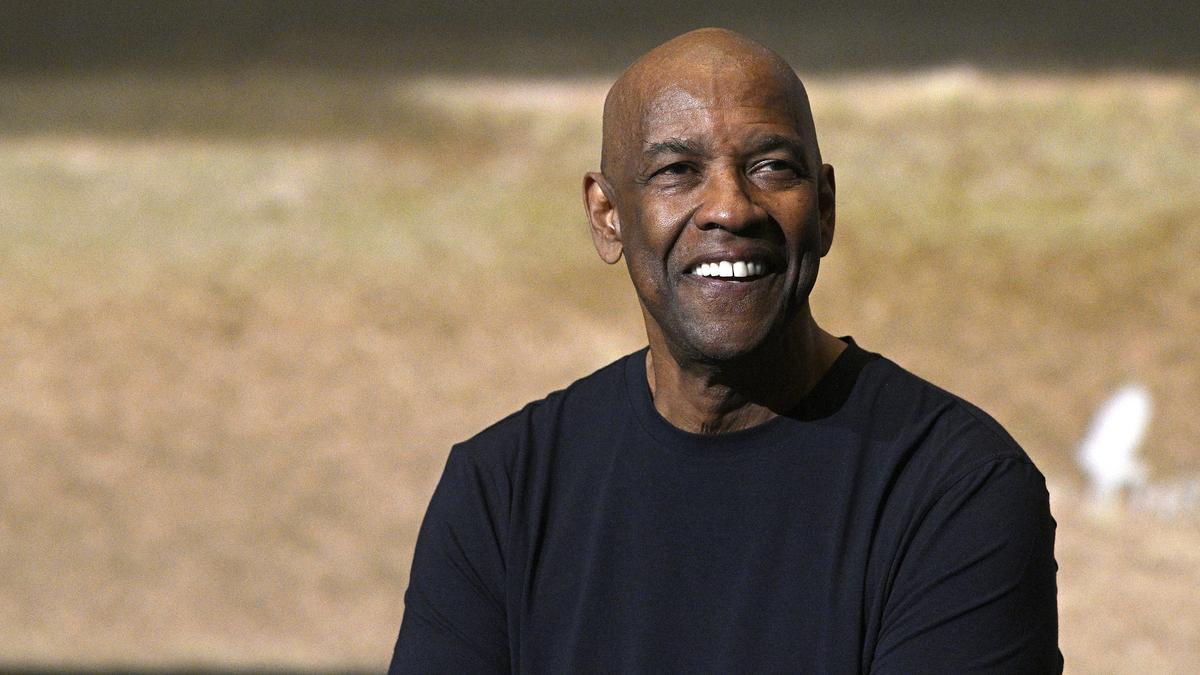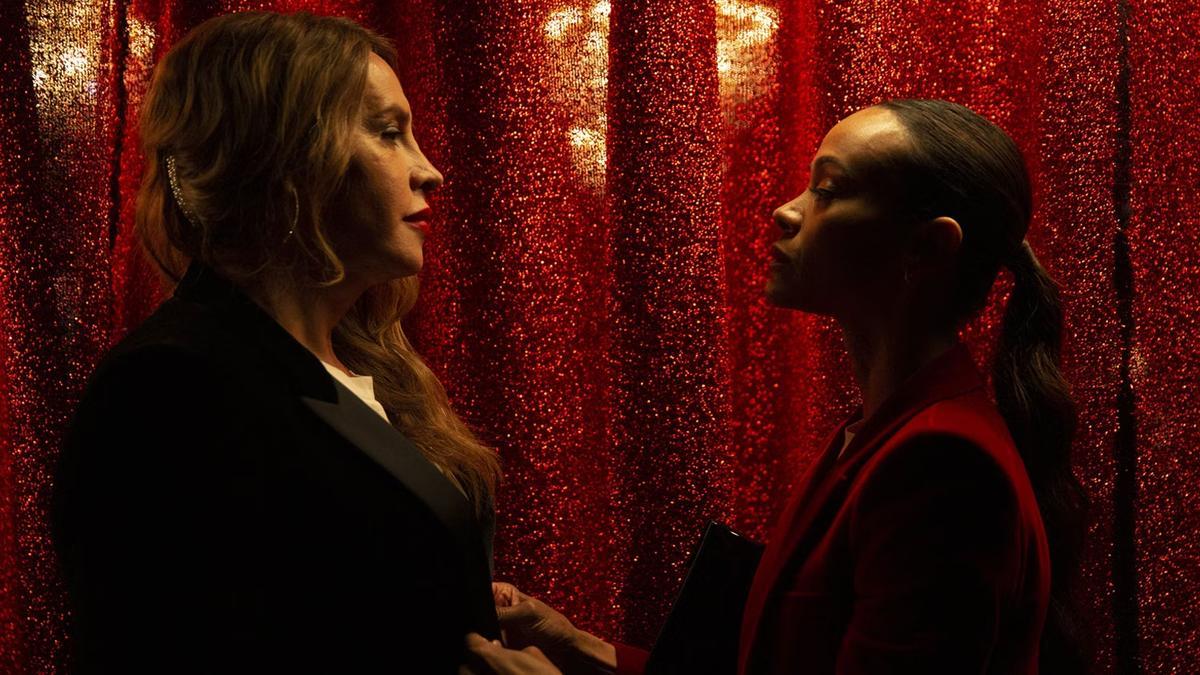
A recent dance production is captivating audiences with its innovative blend of storytelling, music, dance, and visual artistry. Conceived by the San Francisco-based Chitresh Das Institute, “Invoking the River” serves as a tribute to one of India’s legendary yet now unseen waterways—the Saraswati River. Under the guidance of the institute, the performance is a riveting exploration of the river’s mythos, brought to life on stage through a series of dance pieces coupled with enchanting musical compositions.
The production’s music comes from the New York-based pianist Utsav Lal, whose contributions mesh seamlessly with the story being told. Tabla artist Zuheb Ahmed from Delhi adds the essential rhythmic heartbeat to the performance, having joined the production for its India tour. First premiered in 2022 across San Francisco and San Jose, the show has since resonated with audiences, stirring an appreciation for India’s cultural heritage and environmental consciousness.
At the heart of “Invoking the River” lies the Saraswati—a river shrouded in mystery yet firmly entrenched in the subcontinent’s collective memory. The opening act features Alka Raghuram narrating the story of how the heavenly Ganga descends to Earth from the matted locks of the God Shiva. From the immersive soundscape of gentle waters and formidable waves to the entry of four dancers, representing four rivers, the stage transforms into a dynamic waterway. Each costume—shaded in hues of blue, deep green, and black, adorned with golden Benarasi motifs—conjures images of sunlight glinting off the rippling surface of the water. This visual feast complements the narrative, making the imagery of the flowing rivers a poignant sensory experience.
The rhythmic pulse of the tabla, maintaining the Teentaal beat, echoes the precision and energy of the dancers’ footwork. Choreographer Charlotte Moraga has infused the performance with an evocative interpretation, particularly in the depiction of river Alaknanda’s journey towards Earth, which she describes as jubilant and life-affirming.
Each of the production’s six pieces unveils a different narrative layer, collectively weaving a rich tapestry of stories centered around India’s rivers. The choreography does not shy away from addressing ecological themes, showcasing the troubled state of these waters as they choke on pollutants. One striking segment features dancer Mayuka Sarukkai, whose powerful portrayal of this grim reality is accentuated by the poignant staccato notes played by Lal on the piano.
In a narrative shift, dancer Shruti Pai focuses on river Godavari and the life of social reformer Kandukuri Veerasalingam. Raised in Rajamundry—a town nestled beside the Godavari—Veerasalingam championed for women’s rights. Pai’s performance, set to raag Kedara and Jhaptaal, poignantly illustrates the tribulations of widows’ lives at that time, blending historical context with evocative dance.
The climactic piece of the production unites all four dancers, paying homage to the enigmatic river Saraswati, the legendary river said to be flowing now only in sacred hymns. This segment is particularly refreshing as it places a strong emphasis on the purity of dance as a medium for storytelling.
What truly sets “Invoking the River” apart is the synthesis of eclectic musical genres with a diverse movement vocabulary. From the strategic use of props, the evocative background music, to the costumes that enhance the performers’ actions, every element conspires to create an immersive experience. It is this harmonious interplay of disciplines that captivates the audience, delivering not just a performance, but a profound engagement with India’s cultural ethos and its rivers, the lifelines of civilization now yearning for rejuvenation.
As the curtain falls on “Invoking the River,” the production leaves its audience with a lingering sense of wonder and reflection about the timeless tales of India’s waterways and the urgent need to protect our natural heritage. The river Saraswati may have disappeared from the physical landscape, but through art, its spirit continues to flow and inspire.










